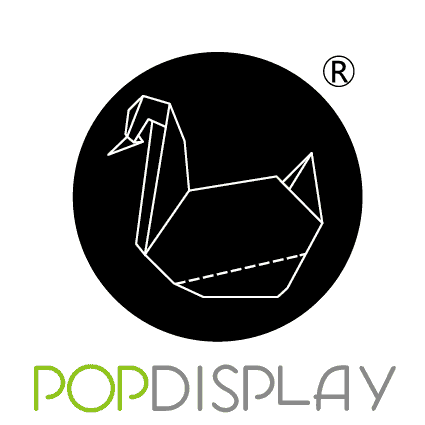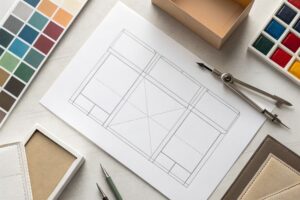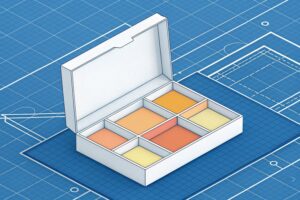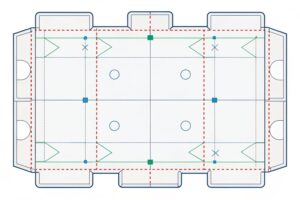The Psychology Behind Retail Display Colors?
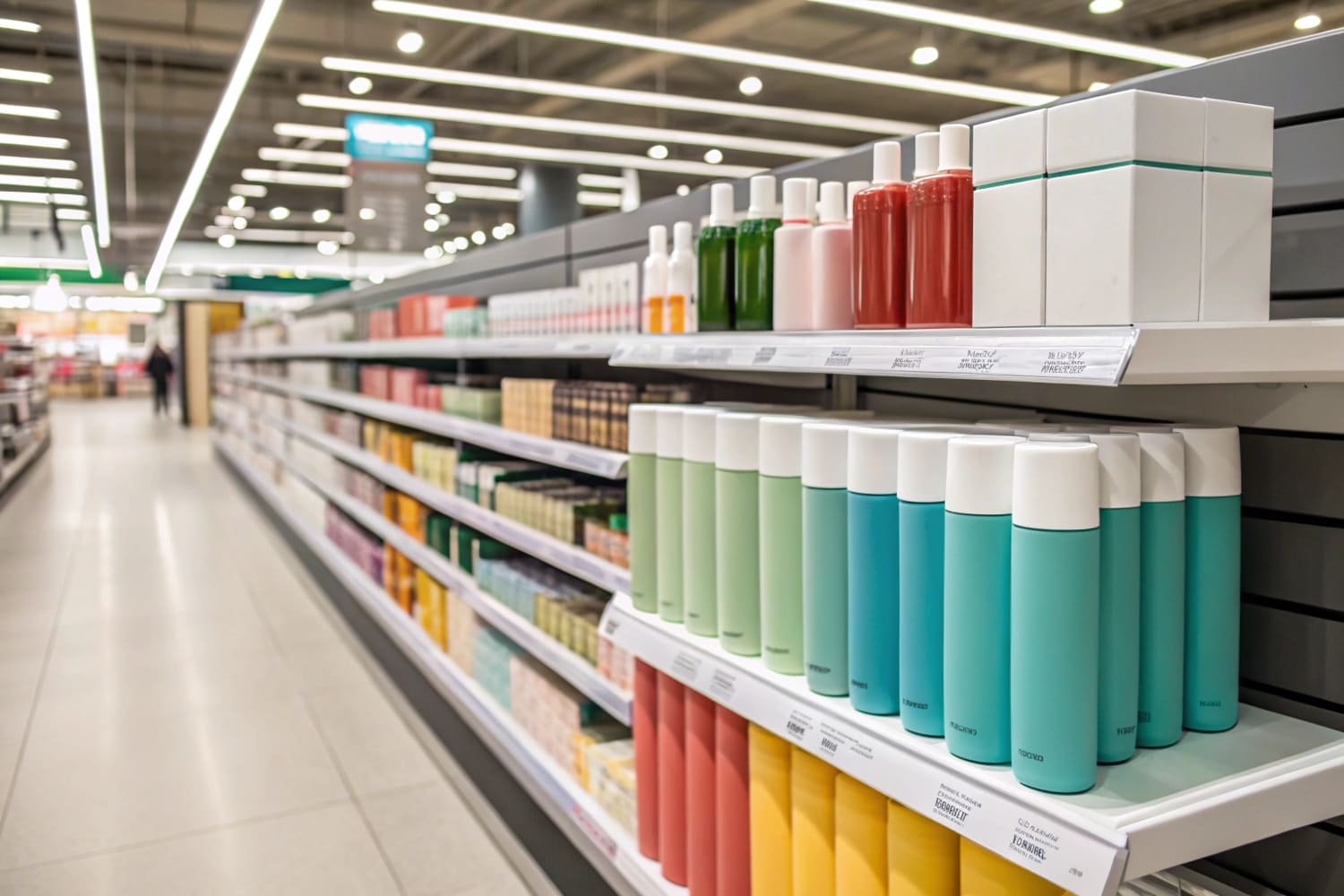
Shoppers decide fast. Color speaks before words. A dull shade loses sales, but the right hue stops feet, sparks desire, and turns browsers into buyers.
Retail displays convert best when the chosen color mirrors brand emotion, stands apart from neighbors, and steers eyes to high-margin products within hand reach.
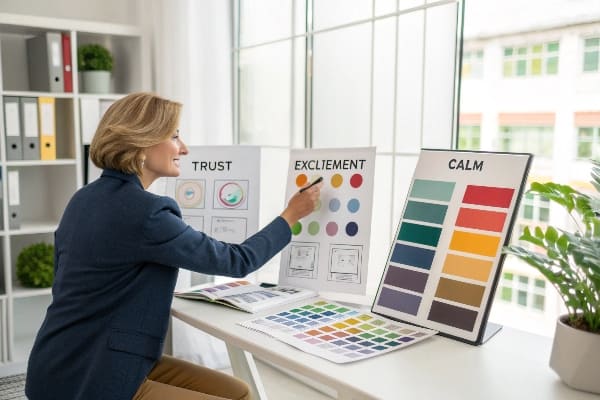
Most retailers fix fixtures, prices, or staff, yet ignore palette. I will break down how color shapes attention, mood, and spend so you can test and adapt quickly.
What is the best color for a retail store?
A store can feel cold, busy, or welcoming in seconds. Shoppers blame prices, but color often drives their gut reaction more than cost or layout.
There is no single “best” store color; the winner depends on the brand promise, target emotion, and contrast against surrounding shops. Neutral bases with one bold accent win versatility.

Matching Color to Store Purpose
Plain advice like “blue calms” helps little when you sell sports gear or makeup. I map color choice to mission:
| Store Type | Dominant Hue | Reason | Caution |
|---|---|---|---|
| Luxury fashion1 | Deep black + gold | Signals exclusivity | Too much black hides stock |
| Discount variety | Bright red or yellow | Urgency and action | Can feel cheap |
| Outdoor sports2 | Earth green + gray | Links to nature | Low contrast in dim light |
| Tech gadgets | Cool white + cyan | Clean and futuristic | Risk of sterile vibe |
Why Accent Works Better
- Neutral walls cost less when trends flip.
- Accent panels pull focus where margin lives.
- My factory prints interchangeable cardboard headers, letting clients like Barnett Outdoors swap bow graphics by season while keeping frames the same.
Test, Measure, Repeat3
I urge buyers to set A/B zones for two weeks. Track dwell time with cheap cameras or footfall strips. Color that holds customers twenty percent longer often lifts conversion ten percent. Simple, direct data beats guesswork.
What is the psychology behind visual merchandising?
Many merchants stack shelves by size or SKU. They forget that brains scan in patterns, looking for story, balance, and relief from clutter.
Visual merchandising uses color harmony, spacing, and focal points to guide the shopper’s eye in a planned path that ends with product in hand.
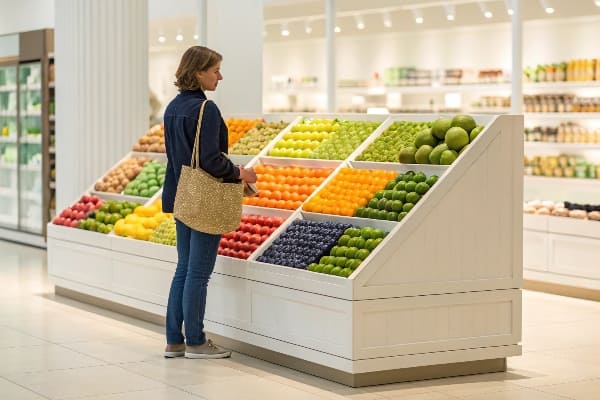
How Eyes Travel a Display
| Stage | Eye Action4 | Color Tip | Real Case |
|---|---|---|---|
| Entry sweep | Quick horizontal scan | Use a calm base color | White corrugated stands at trade shows reduce bounce |
| Focal hook | Stop at first bright accent | One high-saturation panel | Neon orange arrow on Barnett crossbow tray increases views 35% |
| Vertical dive | Read info downward | Gradient from warm to cool | Warm header, cool shelf edges feel natural |
| Reach moment | Hand extends | Color marks handle area | Red circle around “Pick Me Up” spot doubles trials |
The Role of Contrast5
Contrast, not just color, drives legibility. My team prints matte backgrounds under glossy product shots so light does the contrast work without extra ink cost.
Keep the Path Short
Psychology says decision fatigue6 rises after three seconds of micro choices. Limit color zones to three per display. Remove all decoration that does not answer “Why buy now?”
What is the psychology behind colors and marketing?
Marketers chase trends like pastel 2025. Yet timeless principles show every hue triggers a common biological and cultural response.
Color in marketing anchors memory, signals value, and primes emotion; consistent use raises brand recall by up to 80 percent according to multiple field studies.
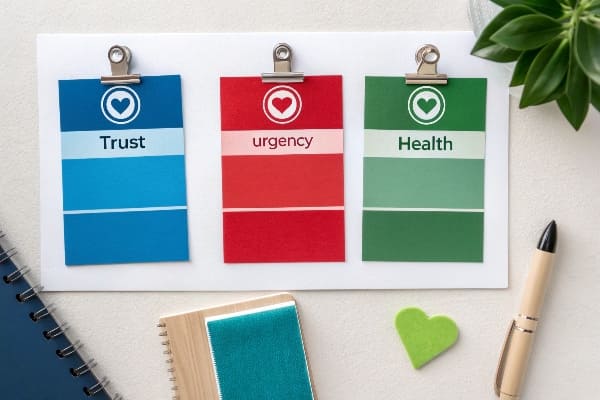
Universal and Learned Meanings
Hard-wired Signals
- Red: blood, urgency, appetite
- Green: vegetation, safety, growth
- Blue: water, trust, calm
Cultural Layers
| Region | Color | Added Meaning |
|---|---|---|
| North America | Purple | Royal but also daring |
| China | Red | Luck and celebration |
| Western Europe | Black | Formal but can mean grief |
Brand Case Notes
When Popdisplay prototypes for U.S. toy chains, I push saturated blues and yellows7 to match parent-approved trust and play. For a hunting brand like Barnett, we mute the palette to olive and burnt orange, reflecting field gear.
Consistency Yields Equity
I tell clients to lock their RGB and CMYK codes8 early. Wobbly print runs hurt trust. Our inline spectrophotometers flag deviations over ΔE 2.0, well below the point average buyers notice.
Color Sets Buying Expectations
A beige cardboard stand can carry a $300 crossbow if typography and finish add sophistication. But the same stand in glossy pink would confuse hunters and slash perceived value. Match product price tier to hue depth and texture rather than chasing novelty.
What does psychology say about colors?
Beyond branding, color influences time perception, taste, and even honesty judgments. Neuroscience shows its reach goes deeper than marketing slogans.
Psychology finds color alters heart rate, pain tolerance, and memory encoding; warm hues stimulate, cool hues soothe, while high contrast sharpens recall.
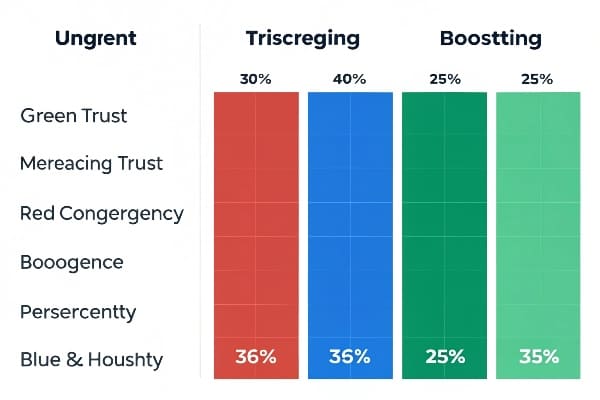
Body Reactions to Hue
| Color | Physiological Effect9 | Study Summary |
|---|---|---|
| Red | Raises pulse, boosts strength | Athletes lifted more under red light |
| Blue | Slows breathing, lowers anxiety | Dental patients reported less fear |
| Yellow | Increases alertness | Office workers typed faster |
Practical Tips I Use Daily
1. Setting Work Zones
I paint sample review tables a soft blue-gray. Engineers stay calm while hunting for defects.
2. Managing Perceived Wait Time10
Reception walls in warm peach cut perceived wait by two minutes. That helps when molds run late.
3. Improving Online Forms11
Highlight mandatory fields in light green, not red. Users complete forms faster and with fewer errors. Red feels punitive.
Limits and Myths
Color is not mind control. It nudges, not dictates. Many studies use small samples. Always prototype, measure, and iterate rather than assume blue will always sell.
Conclusion
Color steers attention and emotion fast. Match hue to brand goal, test small, measure results, and refine displays for lasting profit.
Explore this link to understand how color influences luxury branding and customer perception, enhancing your marketing strategy. ↩
Learn about the best color choices for outdoor sports branding to connect with nature and attract your target audience. ↩
Discover effective methods for testing and measuring marketing strategies to improve customer engagement and conversion rates. ↩
Understanding eye action can enhance your display strategies, making them more effective in capturing attention and driving sales. ↩
Exploring the role of contrast can help you improve readability and visual appeal in your designs, ensuring better engagement. ↩
Learning about decision fatigue can help you design displays that minimize overwhelm and encourage quicker purchasing decisions. ↩
Understanding the impact of color psychology can enhance your branding strategy and consumer trust. ↩
Learn how to maintain brand integrity and trust through consistent color usage in print materials. ↩
Understanding the physiological effects of color can enhance your environment and improve productivity and well-being. ↩
Explore how color can effectively reduce perceived wait times, enhancing customer satisfaction and experience. ↩
Learn how color choices can streamline online forms, making them user-friendly and efficient for better completion rates. ↩
